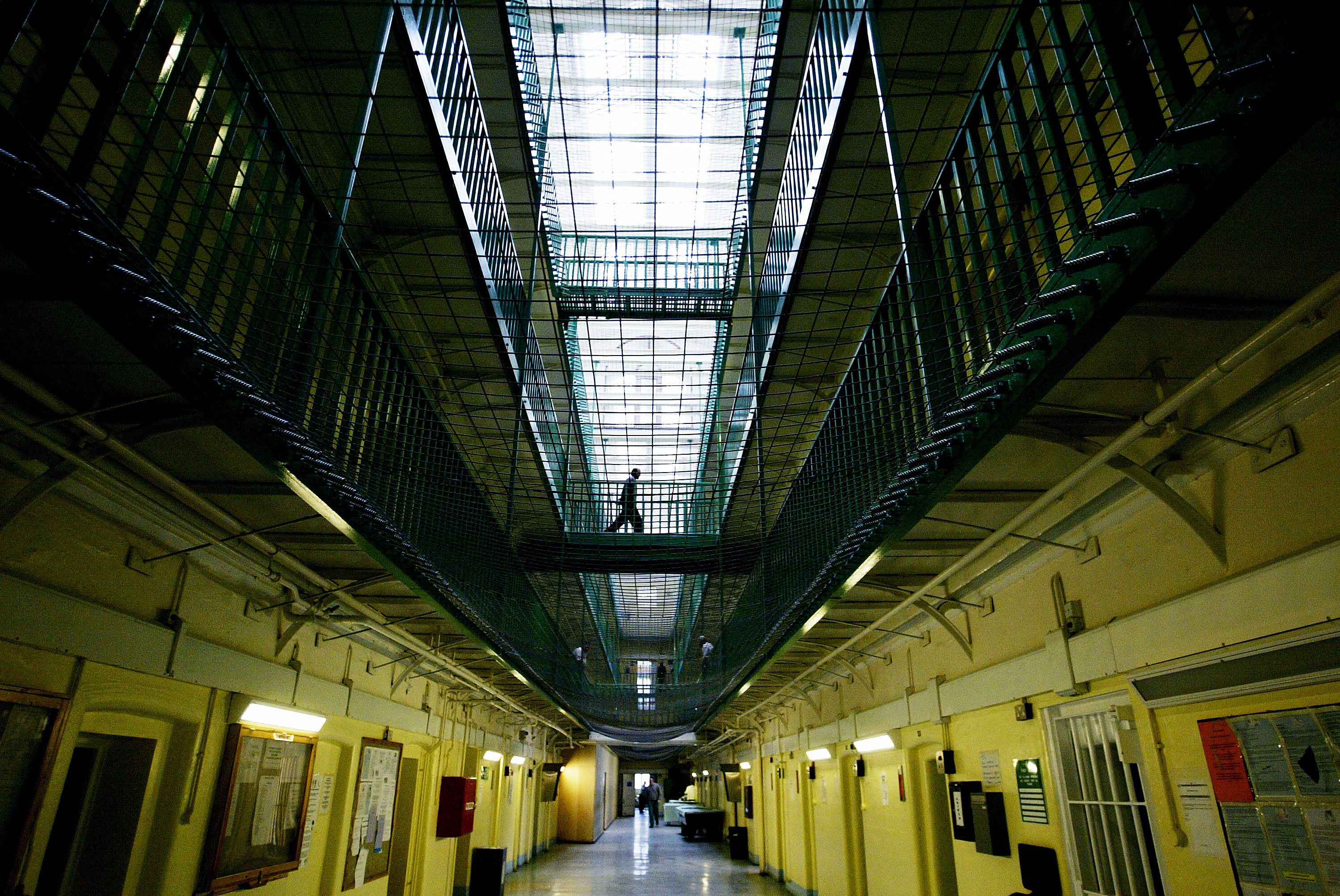Last month saw a spate of prison riots, with violence breaking out at jails in Hertfordshire and Worcestershire.
Some commentators claimed the unrest was “a disaster waiting to happen,” because of the growing pressure on prisons.
But what’s really going on in Briton’s prisons? And are prison officers facing an uphill battle to stay in control?
The prison population is rising
Perhaps the most obvious pressure point on prisons is the increasing number of inmates. This has been a long-term trend that means jail capacity needs to be constantly expanded.
This is not surprising in itself; the overall population of the UK has gone up, so we would expect prisoner numbers to rise too.
However, they have also increased as a proportion of the wider population. A recent parliamentary report explains: “While the absolute number of people in prison has increased five-fold between 1900 and 2016, the rise in the general population has been around two-fold.”
This has been an issue for many years, rather than something which has just arisen recently.
In fact, this graph from the same parliamentary report, shows that prisoner number have actually remained fairly stable since 2010.
One reason for this is that criminals are being handed longer sentences.
This graph shows the average custodial sentence length (ACSL) for prisoners who are sentenced to immediate custody.
But the increasing prison population does not, in itself, explain the recent spate of riots. After all, a large number of prisoners could be divided between many different prisons with thousands of staff to keep control.
So we also need to look at the surrounding factors, such as how these prisoners are cared for and the conditions in jails.
There are fewer prison officers – and they are less experienced
Despite the fact that inmate numbers have increased, there are fewer people keeping watch over them.
Since the Conservatives came to power in 2010, the austerity drive has seen the number of prison officers fall. This graph gives a snapshot of the workforce size in March of each year.
Overall, this means that prison officers are each responsible for more prisoners.
In 2010, the average prison officer was looking after 3.8 inmates. Now, they are looking after 4.7 inmates.
(Remember, this is just an average ratio and does not necessarily reflect what happens at individual prisons).
The staffing issues are not purely about the total headcount, though. It also appears that many of the people who have recently left the job were among the most experienced.
In 2010, more than one in ten officers had served for at least two years. But this has now dropped to around four in five.
Private prisons don’t publish workforce data
The Ministry of Justice gives regular updates on the number of prison officers it employs (the figures we have used above).
But this does not include staff from Britain’s many private prisons, run by businesses.

Since the 1990s, the government has increasingly outsourced its prisons. There are 14 of these institutions at the moment, run by Serco, G4S Justice Services and Sodexo Justice Services.
Unlike public prisons, they do not publish prison officer statistics. One company told us that this was for security reasons, although they didn’t explain what, exactly, their security concern was. The Ministry of Justice also said they didn’t have the details either.
The graphs we have included above only cover public prisons – we do not know the figures for private prisons.
This lack of information suggests it could become increasingly hard to analyse the problems in Briatin’s jails.
Our analysis shows that the proportion of criminals held in private prisons has gone up by nearly two thirds over the last ten years. Today, some 18 per cent of all inmates are in jails run by businesses.
Prisons are becoming more dangerous
Assaults, suicide and self-harm are all on the rise, according to official statistics. These are longstanding issues, but appear to have increased significantly since 2012.
The homicide rate spiked in 2015, with eight recorded incidents, but has since fallen again.
Meanwhile, self-harm and self-inflicted deaths have also reached record highs, which suggests there are increasing levels of mental health problems, unhappiness and inadequate care.
Last year, 119 prisoners killed themselves – the highest figure since records began. It’s worth noting, however, that this represents the actual number of incidents, not the overall rate per thousand prisoners. This rate actually peaked in 1999 but has since returned to practically the same level.
(The Ministry of Justice records the number of “self-inflicted deaths” regardless of intent, rather than intentional suicide figures).
Alongside this, the proportion of prisoners who self-harm has risen by 84 per cent since 2004. Last year, almost 13 out of every 100 prisoners self-harmed.
But the rate is far worse among female prisoners: out of every five female prisoners, about three of them self-harmed.
With both men and women, though, the rate has increased since 2012.
The verdict
There are dozens of factors that might help explain violence and disorder in prisons, from staffing levels to the availability of drugs. And the situation is likely to vary greatly between prisons.
However, the statistics show that last month’s riots were not just a flash in the pan crisis.
They followed several long-term trends that suggest the pressure on prisons is increasing. Violence and prisoner numbers are up, but staffing is down.













